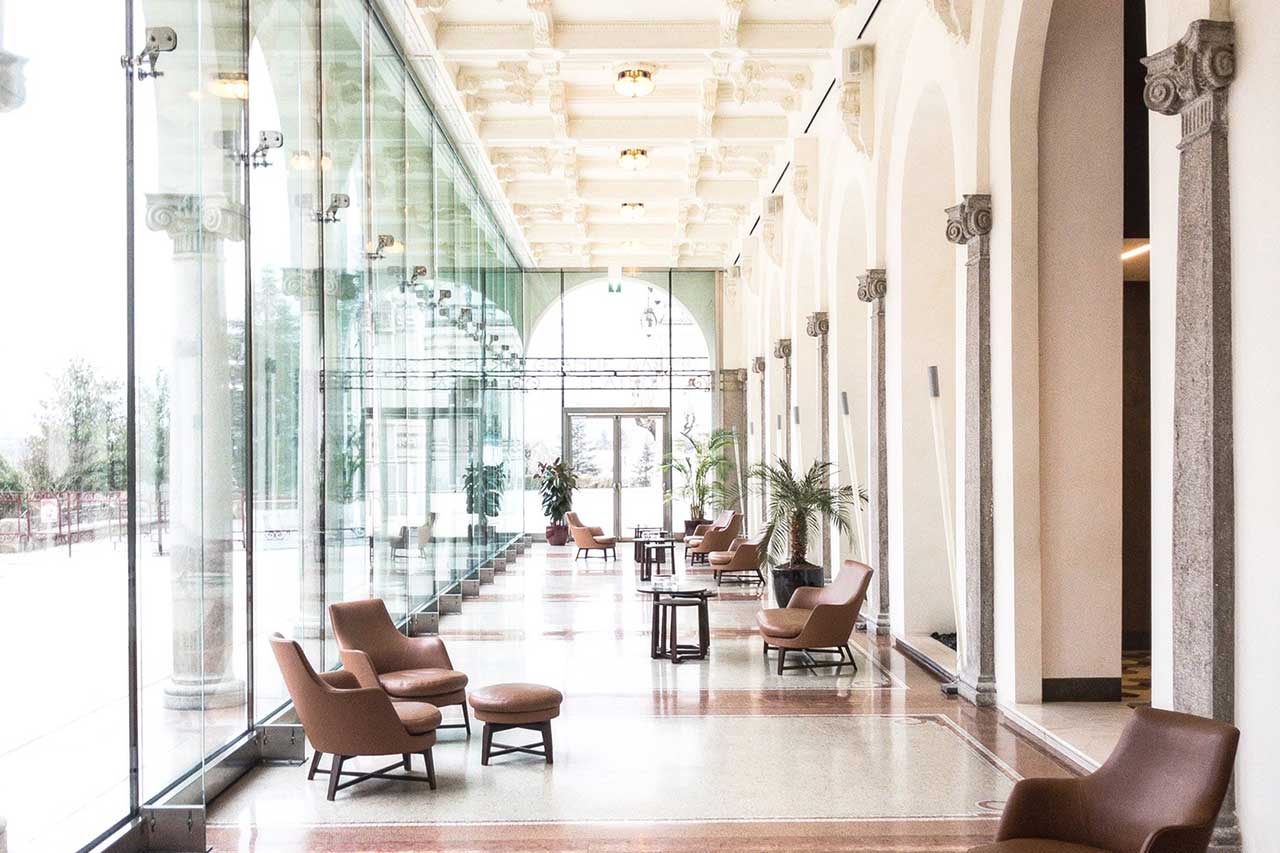
Reports of fatalities, injuries and property damage in the aftermath of Hufficane Sandy, Sandy Hook, and the Boston Marathon Bombing are disheartening evidence that New England is not immune to violent weather patterns or terrorism. Although we may not be given enough warning to prepare for imminent catastrophe, we can immediately put into effect safety measures to mitigate associated injuries and damages. Mitigation happens now to reduce consequences later.
Safety window films help mitigate injuries and damage caused by catastrophic events. They help hold glass in place in the event of breakage. Business owners and facilities managers arc securing their properties in an effort to minimize potential injuries, damages and loss of business continuity resulting from violent weather, terrorist attacks and vandalism. All too common arc the secondary effects of blasts and violent weather – including injuries sustained from flying glass, walking on glass shards and the loss of business-as-usual due to property exposure to the elements.
3M Company began the history of window film in 1961 with their patent application and subsequent patent grant for a metaIized solar control window film. Responding to demand, 3M developed security films to address international concerns regarding terrorist activity including less publicized, yet highly destructive, vandalism.
Shatter-resistant window films are a low profile, high perforinance measure of security. A premium film will conform to ANSI and CPS glazing standards and will have been subjected to rigorous GSA blast testing or other credible, independent glazing standards and blast testing procedures. Compared to the expense of glass replacement, a security window film retrofit is an affordable option for improved safety. Repercussions of not installing security window film can he costly. Revenue loss due to production stoppage and delayed return of employees, customers and occupants warrant the investment. An installation of safety window film increases the probability of a rapid return to business.
Along with responding to terrorist activity and changing weather patterns with security film installations, property owners and managers are answering consumer demands to improve building energy efficiency through the application of quality solar control window films. An application of insulating, Low-E window films conserve energy and reduce heat gain and loss through windows all year long – substantially reducing HVAC expense. Featuring Wavelength-Selective metals which block more of the solar spectrum than conventional metals, many Low-E window films can reduce AC costs by blocking up to 73% of the sun’s heat in warmer months. In colder months, they reduce heat loss by up to 30%, Many window films meet LEED Energy and Atmosphere Prerequisites and qualify for LEED credits, Qualifying categories for credits include “Optimize Energy Performance,” “Indoor Environmental Quality” and “Daylight and Views” among others.
We know there is no magic wand we can wave to eliminate catastrophic events. However, we can initiate steps immediately to mitigate damage and injuries that can result from these events. Shatter-resistant window films are one economical, effective and immediate security measure that should he moved up on all our priority lists.
Corporate Location: 23042 Mill Creek Drive, Laguna Hills, CA 92653
Copyright 2025 - American Window Film | All Rights Reserved | Contractor's License #1054307